Tumbler composting, nutrient dense/high yield crops, building a fruit tree "guild" and more...
Edition 3: Mid June 2024
In this newsletter:
Tumbler composting tips
My favorite nutrient-dense and high-yield crops
Maintaining fruit trees- Year 2
How to build a proper fruit tree guild
Folklore and facts around sexing chickens
Sneak peek at your July 1 newsletter
(aka The Zen Hen). I am so excited to the fantastic start I’ve had launching this newsletter. Every time I get a message about how it’s helped you solve a problem, find a new plant to love, or save you some money, my heart gets a warm fuzzy (which is the only type of additional warmth I am accepting this summer in Florida).
If you haven’t subscribed yet, try it for just $8/month (two newsletters) and see what this is all about! Then be sure to drop your questions or comments at the bottom so that I can help you out in a future edition.
Tumbler Composting
Did you ever watch The Price is Right as a kid and feel jealousy toward the person at the front who got to turn the big wheel? Consider tumbler composting like the bigger, more fulfilling version of that, because at the end of it YOU will be the winner of some fine garden compost to help your plants thrive!
WHY TUMBLER COMPOSTING?
While it can be one of the more expensive approaches to composting, tumbler composting has several unique benefits over the other composting methods and is ideal for people who:
Well-suited for people who live in urban or suburban areas or have limited space
Keeps most smells contained
One of the easiest methods to mix
Fairly pest proof
Most designs are good for compost tea collection
The downsides to tumbler composting are 1) it’s one of the most expensive ways to compost and 2) eventually your tumbler (like mine of 15 years) will break.
SUCCESSFULLY USING YOUR TUMBLER COMPOSTER FOR THE BEST YIELD
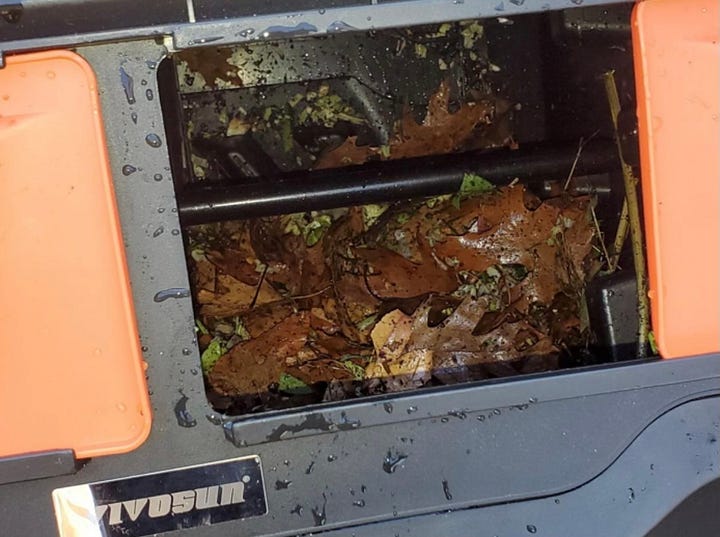
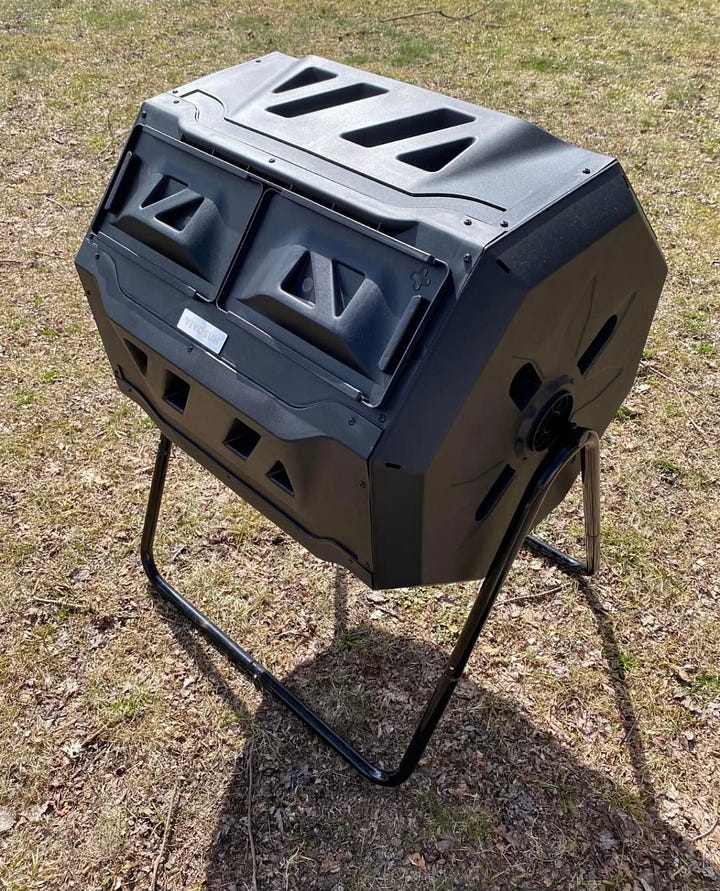
Just like our pile method of composting, the ideal way to use tumbler composters is to have two— one actively receiving new compost ingredients and the other that is full and aging until the compost is ready to use. Some tumblers already have two compartments.
With the double-barrel tumbler, I add to one side until it’s almost full and then stop adding to it altogether and start adding only to the second side.
Quick tip: Super charge your second side (or second composter) with a small amount of compost from the first. This will pre-colonize the necessary microbes for faster decomposition.
Every time I add compost to one bin, I give them both a spin. That way both the new and aging compost are getting aerated and mixed… and I feel like I’m fulfilling all of my Price is Right fantasies.
Unlike pile method composting, I find that compost in tumblers tends to stay pretty moist and do not require additional water. Only add water to your tumbling composter if you notice the matter becoming dry.
Place your tumbler in a sunny location for the fastest decomposition.
Regardless of method, same rules apply for what to add and what to leave out. Stick to fruits, veggies, herbs, non-glossy papers, cardboard (without food grease), coffee grinds, egg shells, grass clippings and yard waste. Leave the bones, animal proteins, dairy, cat litter, oils, fats, and non-biodegradable matters out. Refer back to my May 17 newsletter for a more complete list.
Have questions on composting or need tumbler recommendations? Drop a comment at the bottom of this newsletter and I’ll answer it!
Grow a little, Get a lot: My favorite high-yield and nutritionally-dense crops
One of the most common things people ask me about are what they can plant that will 1) put a noticeable dent in their grocery bill costs and 2) will produce enough to feed a family.
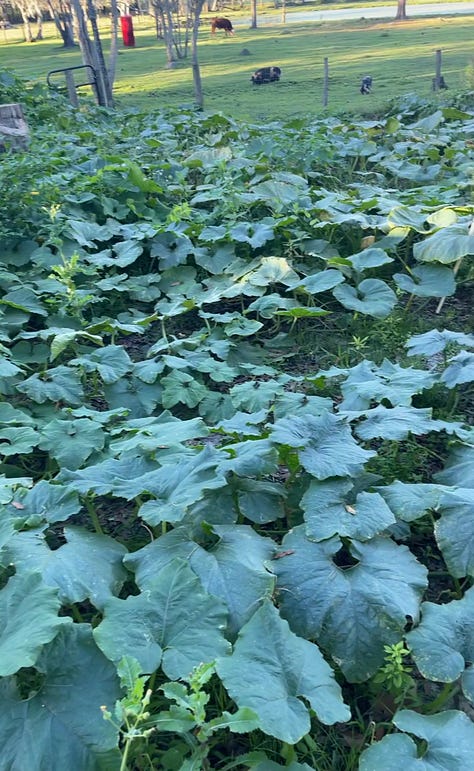
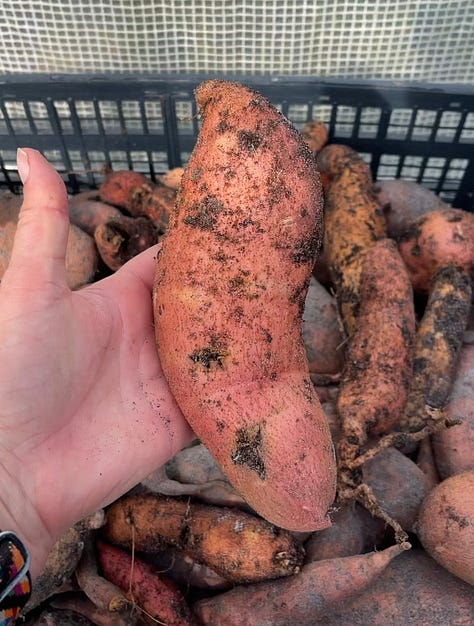
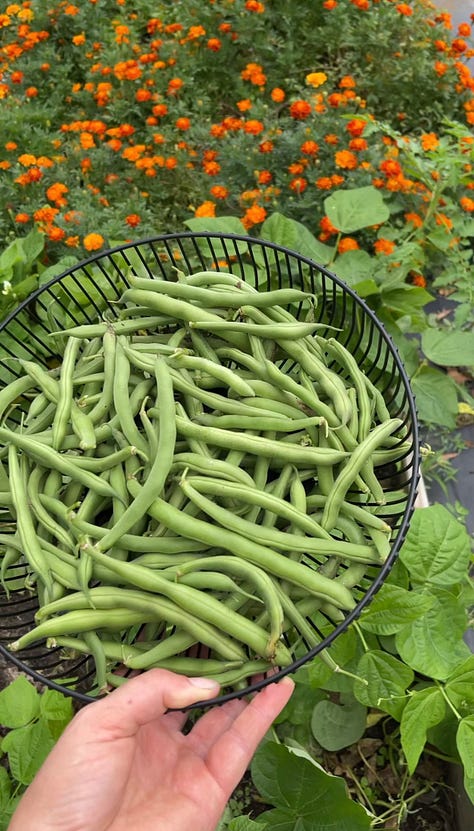
Here are my favorite high-yield plants that are sure to satiate you at meal time:
Roots: sweet potatoes, turnips, cassava (in the south)
Fruits and veggies: mulberries, native fruit trees for your zone, pumpkins (particularly Seminole pumpkins), green beans (I’ve found blue lake bush have the highest yield)
Legumes and greens: pidgeon peas, Southern peas, peanuts, katuk, kale
Happy harvesting!
Maintaining fruit trees in their second year
Fruit trees often take some time until you get to enjoy the literal fruits of your labor. Here are my tried and tested tips for supporting your fruit trees to set them up for the best yields possible.
PRUNING TIPS:
Prune suckers below the graft line, if applicable.
Prune any branches that are low to the ground, touch the ground, or are downward facing.
Prune any branches that are damaged.
Prune any branches that are crossing or will cross other branches, or are facing inward.
WATERING TIPS:
Provide irrigation when rainfall isn’t sufficient.
Water most varieties deeply once per week.
During warm and dry months some varieties will benefit from twice weekly watering.
FEEDING TIPS:
Apply two inches of compost in the diameter of the canopy of the tree three times per year. Here in Central Florida out times are: mid-summer (June/July), mid-to-end of October, after last chance of frost (early February).
What’s a fruit tree guild and why do you need one!
New to the concept of fruit guilds? It’s essentially companion planting for your food forest, done in a way to mimic a natural ecosystem. Yep, we’re just copying nature’s genius design in our own gardens.
Building a fruit tree guild has multiple benefits. Not only does it prevent erosion, it can improve the quality of the soil and conserve water. Fruit guilds may also attract pollinators, repel pests and disease, shade roots, and suppress weeds and grasses.
HOW IT WORKS
Once you’ve planted a fruit tree, determine what type of companion plant might help your fruit tree the most— do you need to improve your soil nutrients nitrogen fixers), attract pollinators (flowers) repel pests (strong smelling herbs), treat root knot nematodes (French Marigolds), suppress weeds (dense ground covers).
Planting an assortment from the different categories and/or multifunctional plants based on your needs is best. You can swap them out from season to season, or just keep adding more as time goes on.
Plant what you like! This is about supporting your fruit trees, but also creating the garden that works right for you and your needs. Have fun with experimenting.
Nitrogen fixing plants—these are often chop-and-drop type plants that you’ll cut down once they’re full sized and will leave them at the base as a green fertilizer. Try peanuts, Mexican Sunflower, lentils, clover, beans, comfrey, peas, Southern peas, chickpeas/garbanzo beans.
Pollinator attracting plants—Try bee balm, caraway, cilantro/coriander, cosmos (particularly great for attracting trichogramma wasps which eat fruit tree pests), daisies, dill, fennel, parsley, Queen Anne’s lace, tansy, thyme, yarrow, or zinnias. There are so many options!
Pest repellants and deterrents—strong-smelling plants that will discourage pests from approaching your fruit trees. Try dill, oregano, mint, thyme, onions and chives. Refer to my June 1 newsletter for a comprehensive pest guide.
Nematode fighters— You need marigolds. So many marigolds. Good news is they also attract pollinators, repel fruit tree pests, and work well as a weed suppressor.
Suppressor plants— Keep your roots covered and deter weeds from invading your fruit tree space. Try red clover, marigolds, creeping thyme, mint, clover, squash, pumpkins, rhubarb, nasturtiums, dandelions, or strawberries.
Want another plant that will multitask for you? Choose clover! It’s is a nitrogen fixer, suppressor plant, and it repels pests. I love a good multifunctional plant.
C U Next Tuesday
Will this help your garden? Only occasionally. Will you be thoroughly entertained? Probably. These are my stories of the absurd, incorrect, and downright scammy things floating around the homesteading internet.
In my dozen or so years of breeding and selling chickens, I’ve come across nearly every old wive’s tale there is related to sexing young chicks. Here’s one of my favorite interactions…
A woman came to my farm to pick out some straight run chicks. She swore up and down that her methods of sexing chicks at hatch was foolproof and she had never been wrong. (Side note, she was super nice and fun, so no hate to her whatsoever. She and I are cool. This whole interaction was so entertaining and interesting.)
She used a combination of the “leg dangle” method and “early feather sexing” to pick her chicks. I mentioned to her that it wasn’t my experience that those would work, but she was welcome to come on over and choose her chicks as she wanted only females.
The best part was that here we could test out her methods and get immediate feed back because I also breed autosexing and sexlinked chicks (sexable at hatch via appearance) in addition to the straight runs (non-sexable at hatch via appearance). She had chosen varieties that are not sexable at hatch to buy from me due to their lower price point.
For fun, though, I had her test her methods on my sexable at hatch chicks first to see how accurate it was. I knew the gender of the birds, but she didn’t. It turns out that in my experiment, she had inadvertently chosen about half males.
Even still, she would not be dissuaded. She explained that her methods probably work on straight run chicks only. She then chose six chicks from my straight runs of Olive Eggers and BBS Copper Marines using her methods.
Fast forward about four months. Guess what percentage of females she picked out versus males? By happenstance and to her sheer disbelief (and dismay) every single one she picked was… you guessed it… MALE!
She was a good sport, found the whole situation hilarious and humbling and finally was convinced that her methods weren’t reliable. She has since become a very loyal repeat customer that mostly just buys my sexable at hatch females.
What you need to know about sexing chickens:
The gender of the baby chick is determined by the genetics passed on by the hen.
Unlike with mammals where the gender at birth is determined by the father, in chickens the sex chromosomes are ZZ for males ZW for females.
Methods that do NOT work:
Holding Method: Holding chicks on their back, girls supposedly tuck their legs while males keep them straight or girls calm down boys fight.
String method: tying a small weight to a string and hovering it over the chick. If the weight swings in a circular motion, it’s female. If the weight swings in a linear motion, the chick is male. People also do this with eggs. Please 🤦🏻♀️
Egg Method: Males hatch from elongated eggs, females from round…no people just no. You can’t buy gender specific hatching eggs.
Incubation temperature: the temperature at which the eggs are incubated determines the gender. Nope! That only works with some reptiles, not birds. Some evidence has shown that different incubation temperatures are more likely to kill male chicks in the shell. I’d like to see better studies on this even though it’s NOT a method I’d be willing to use.
Feather sexing: Some say that females wings feather faster than males, so females get the two-step wing shape earlier than males. They say this works on all chicks, but it doesn't.
Methods that DO work by age group:
At day old: Breeding autosexing breeds and sexlinks, breeding for feather sexing (see below), skilled vent sexing is correct about 9 times out of 10 statistically.
At 3-4 weeks: Males in general act more outgoing or aggressively than females, males may have larger brighter combs and wattles, males may have thicker legs, males tend to have a more male upright stance.
At 5+ months or after they hit ‘puberty’: Males grow pointed hackled and saddle feathers and begin to crow, females do the submissive squat and begin to lay.
Everything you’ve ever wanted to know about feather sexing
Feather sexing is real, but only works with confidence on FIRST generation crosses of a fast feathering cock bird over slow feathering hens. Genetically, males have two spots for fast feathering while females only have one, so this makes a sex-linked cross/noticeable difference in the chick feathers. Their second generation offspring bred together will not be sexable this way.
Fast feathering males over slow feathering females will make fast feathering pullet offspring. In some lines of slow feathering birds, a double dose of slow feathering in the males makes an even larger difference in the chicks.
Why do some people think it works on all chicks? Often because they don’t realize that slow feathering is a dominant gene and that males have two copies versus hens having one. Therefore, males have three possible genetic possibilities, whereas hens only have the two with K and k+. Two out of three of the possible combos for males are phenotypic slow feathering, while it's only one out of two for the females. So, the females can only have one copy and they inherit it from their father.
For example, if you use a heterozygous fast feathering cock over both slow and fast feathering hens, the only slow feathering birds will be cockerels. However, there will also be some fast feathering males. Of those birds you thought were all females, some will undoubtedly be males.
This method is solely dependent upon the genotype of the cock you're using and if you have any slow feathering hens. This process only works when it’s bred for and only in first generation crosses.
What’s In the Next Edition?
Here’s what’s coming to your inbox on July 1:
Your July seed planting guide
Buy the right tools: choose this/not that
How to compost using vermiculture
Q&A answered (submit your questions in the comment section below)
Reader’s choice based on the poll at the top of this newsletter
What did you love? What did you learn? What questions do you still have? Comment below and maybe you’ll be featured in a future newsletter.





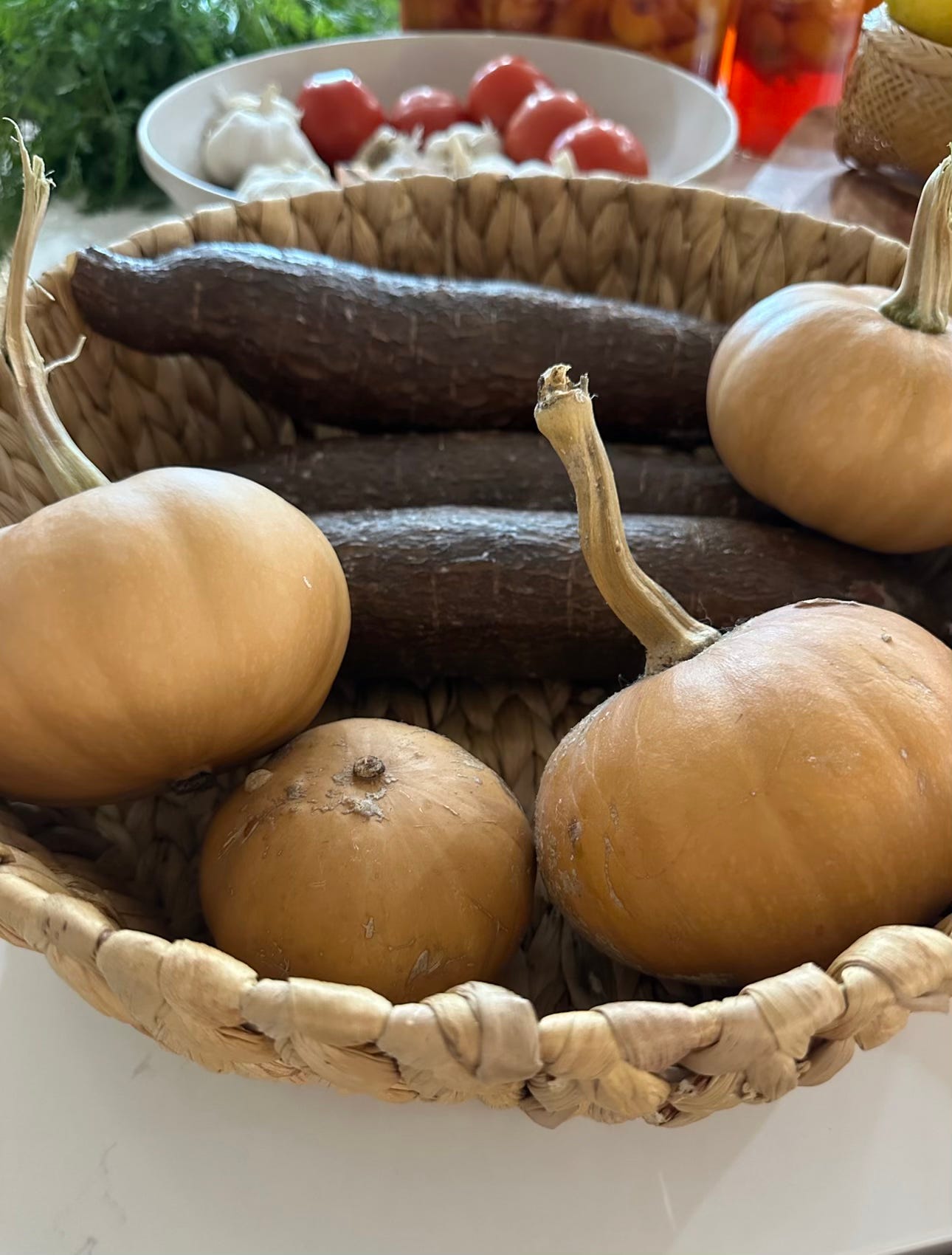



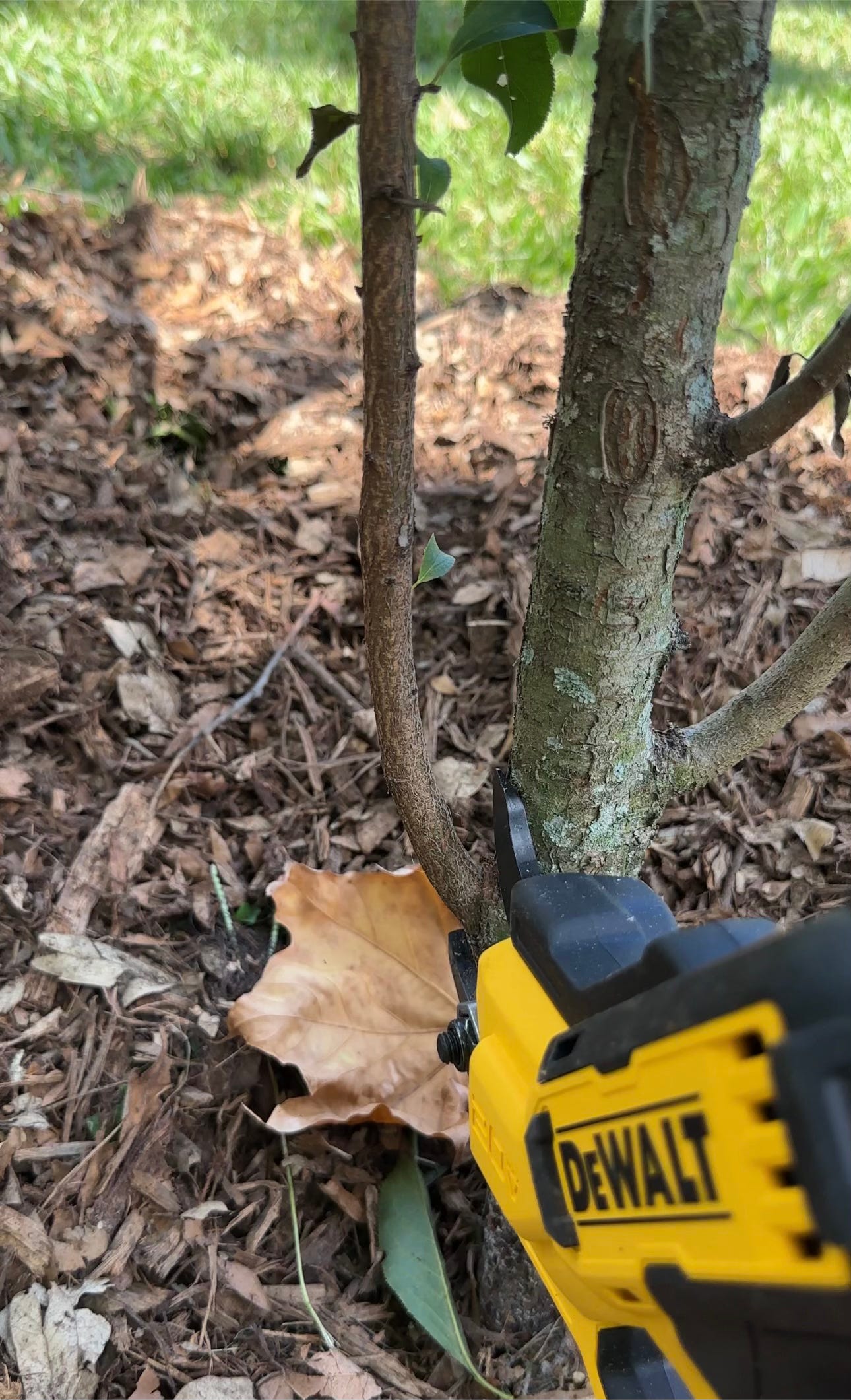



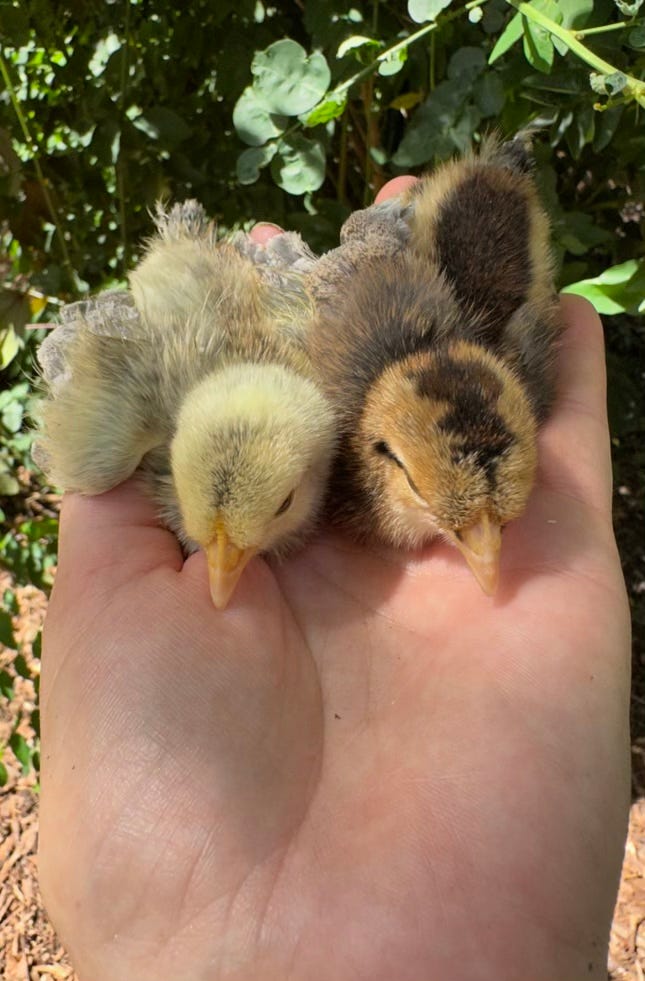
On your Amazon link you have so many products to use for seed growing and soil. For someone just starting and who plans to seed grow what are the most important products? Just soil or something like the bone meal or perlite etc. I know next to nothing 😂